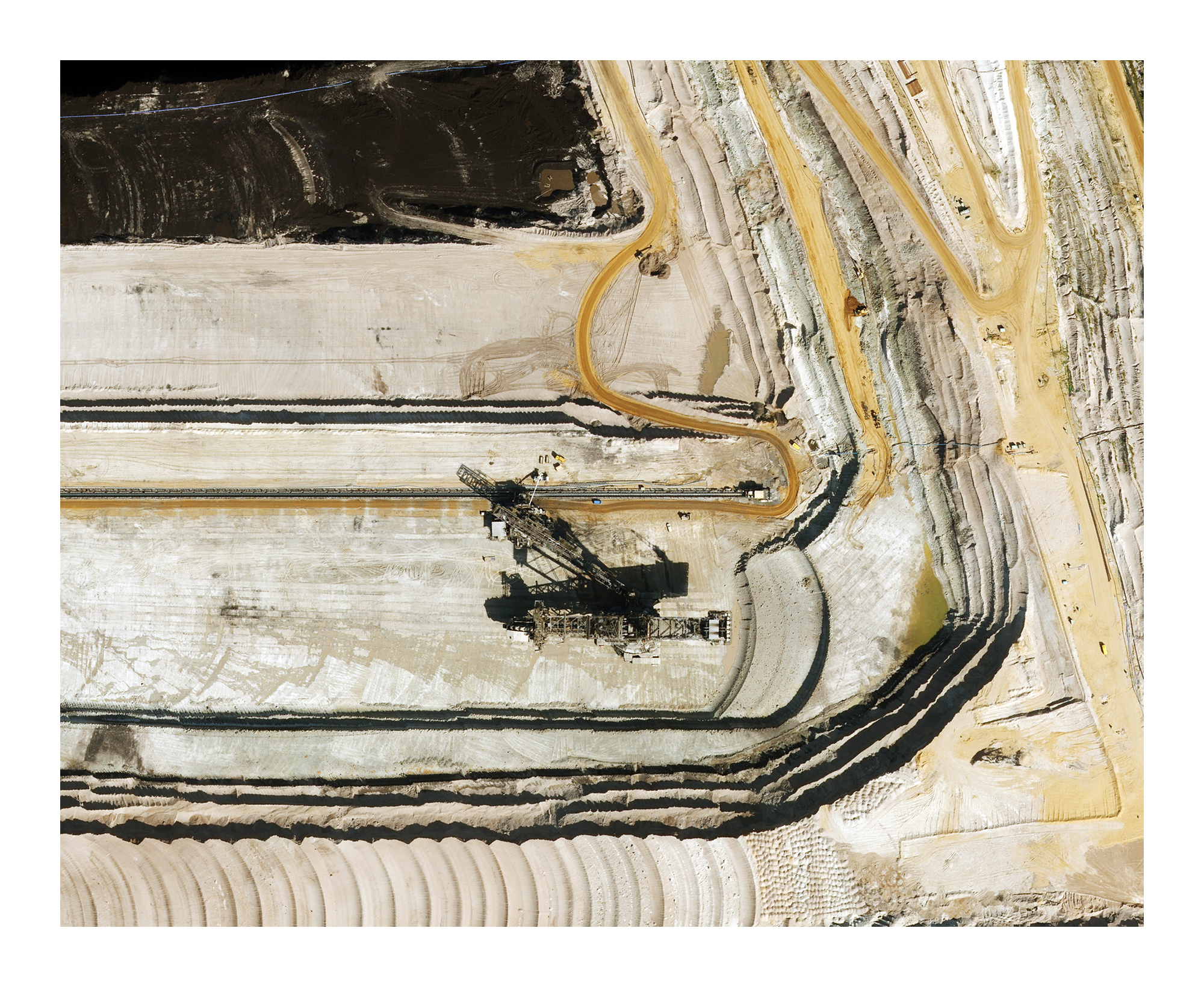orthos logos
The Accursed Share I
2020
“The end of the world has already occurred. We can be uncannily precise about the date on which the world ended. Convenience is not readily associated with historiography, nor indeed with geological time. But in this case, it is uncannily clear. It was April 1784, when James Watt patented the steam engine, an act that commenced the depositing of carbon in Earth’s crust – namely, the inception of humanity as a geophysical force on a planetary scale.”
—
Coal is the largest source of electricity in Germany. As of 2016, around 40% of the electricity in the country is generated from coal. This was slightly down from 2013, when coal made up about 45% of Germany’s electricity production (19% from hard coal and 26% from lignite).
Germany is also a major producer of coal. Lignite is extracted in the extreme western and eastern parts of the country, mainly in Nordrhein-Westfalen, Sachsen and Brandenburg. Considerable amounts are burned in coal plants near the mining areas to produce electricity and transporting lignite over far distances is not economically feasible; therefore, the plants are located near the extraction sites. Bituminous coal is mined in Nordrhein-Westfalen and Saarland. Most power plants burning bituminous coal operate on imported material, therefore, the plants are located not only near to the mining sites, but throughout the country.
German coal-fired power plants are being designed and modified so they can be increasingly flexible to support the fluctuations resulting from increased renewable energy. Existing power plants in Germany are designed to operate flexibly. Load following is achieved by German natural gas combined cycle plants and coal-fired power plants. New coal-fired power plants have a minimum load capability of approximately 40%, with further potential to reduce this to 20–25%. The reason is that the output of the coal boiler is controlled via direct fuel combustion and not, as is the case with a gas combined-cycle power plant, via a heat recovery steam generator with an upstream gas turbine.
Germany has been opening new coal power plants until recently, following a 2007 plan to build 26 new coal plants. This has been controversial in light of Germany’s commitment to curbing carbon emissions. By 2015, the growing share of renewable energy in the national electricity market (26% in 2014, up from 4% in 1990) and the government’s mandated CO2 emission reduction targets (40% below 1990 levels by 2020; 80% below 1990 levels by 2050) have increasingly curtailed previous plans for new, expanded coal power capacity.
On 26 January 2019, a group of federal and state leaders as well as industry representatives, environmentalists, and scientists made an agreement to close all 84 coal plants in the country by 2038. The move is projected to cost €40 billion in compensation alone to closed businesses. Coal was used to generate almost 40% of the country’s electricity in 2018 and is expected to be replaced by renewable energy. 24 coal plants are planned to be closed by 2022 with all but 8 closed by 2030. The final date is expected to be assessed every 3 years.












Lieu: Niederzier, Germany
Quote: Timothy Morton, Hyperobjects: Philosophy and Ecology after the End of the World, 2013
Text: Wikipedia
Publié: Mai 2020
Catégorie: Observation
Source